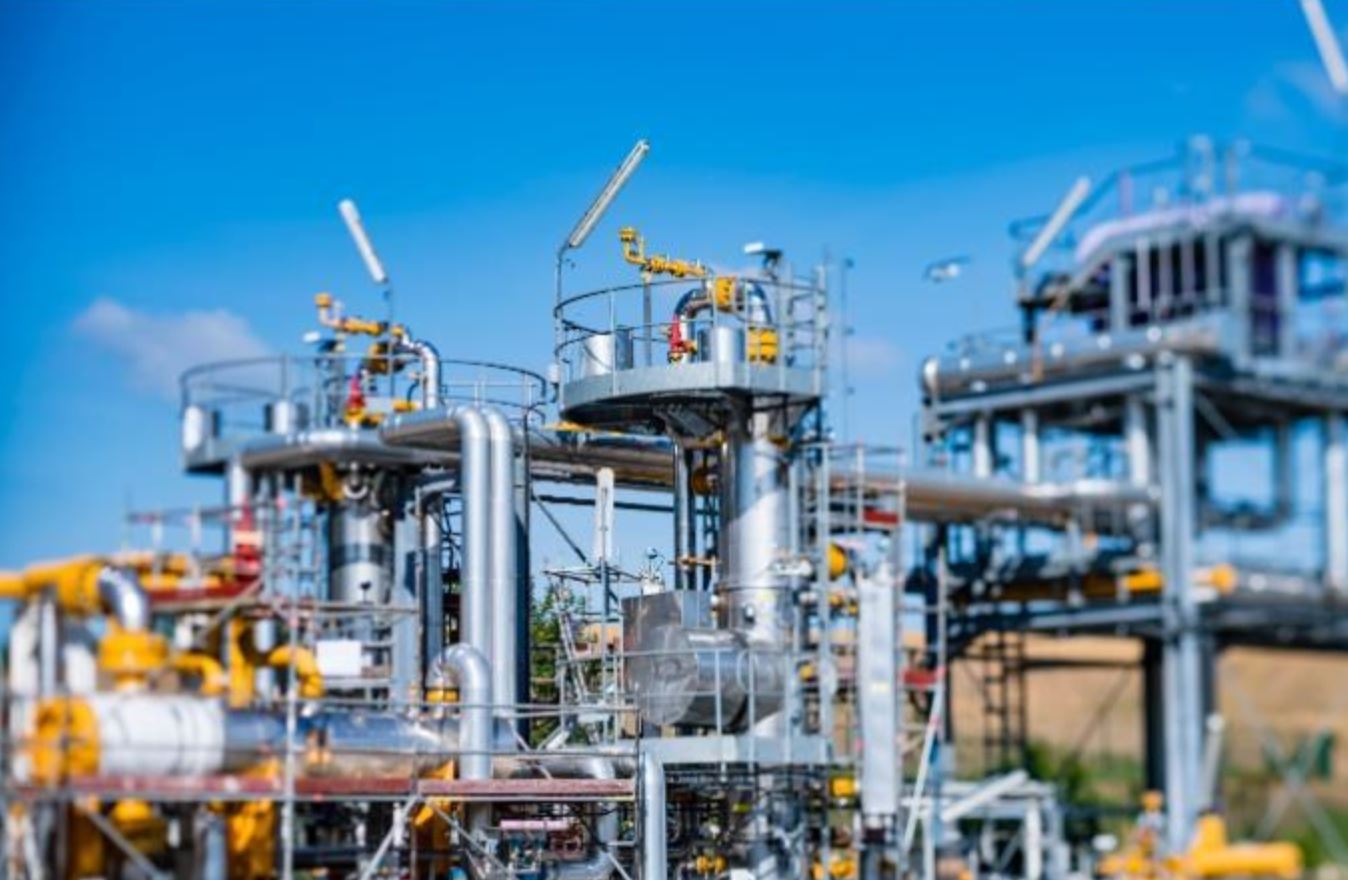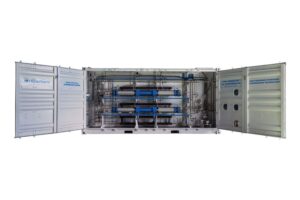HyPSTER is the first EU-supported project for large-scale green hydrogen underground storage in salt caverns, coordinated by Storengy. The implementation of this project launched in January 2021 is continuing with the finalisation and validation of the engineering studies. These studies will enable the construction phase to begin, including the surface hydrogen production platform and the conversion of the salt cavern into hydrogen storage.
On the industrial side, the design of the new facilities to be built has been completed in order to define the layout of the piping, instrumentation, electrical and civil engineering facilities. In terms of research and development, the test protocol has been defined and will provide 100 cycles over three months. The aim is to simulate the injection and withdrawal of hydrogen to manage the consumers’ needs for low-carbon hydrogen in the future.
Partners supply equipment
Several partners took part of the project by supplying the equipment necessary for the construction phase: a 1MW PEM electrolyser (Elogen), a compressor for the production platform and dispensing solutions (Howden), completion elements (Schlumberger), and tubes for transporting the hydrogen between surface and the salt cavern. A memorandum of understanding with TechnipFMC has recently been signed for the development of a hydrogen wellhead in the framework of a technological partnership.
In addition, Schneider Electric will provide its expertise in electrical, instrumentation and automation solutions for an optimised asset management system, thanks to a strategic partnership. Storengy aims to start construction of the platform in the first half of 2022. It will be followed by the conversion of the salt cavern, which until now has been used for R&D projects for underground storage of natural gas.
The first hydrogen bubbles will be produced when the surface installations start up in March 2023, with an experimentation phase in real conditions. The cycling tests will take place one month later in the cavern.






